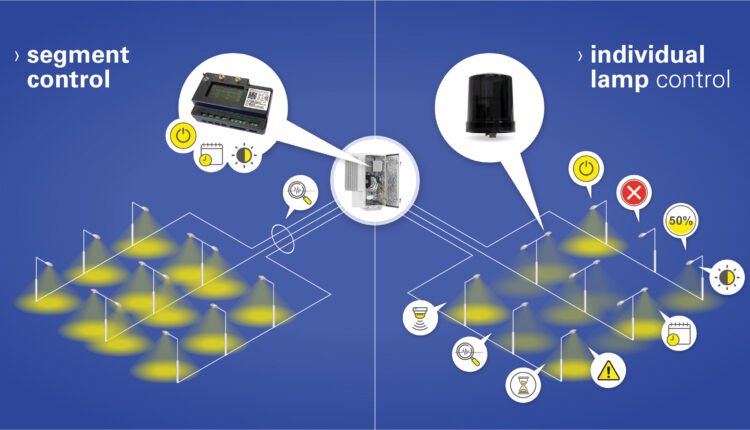Street lighting is an essential aspect of urban infrastructure, providing safety, security, and visibility to public spaces. Traditional street lighting systems, often powered by high-pressure sodium or metal halide bulbs, have long been the standard.
However, with advancements in technology, the landscape of street lighting is undergoing a significant transformation. Beyond simply illuminating roads and walkways, modern street light control technologies offer unprecedented efficiency, customization, and sustainability. In this article, we delve into the realm of advanced street light control technologies, exploring their features, benefits, and implications for the future of urban illumination.
Evolution of Street Lighting:
Historical overview of street lighting from gas lamps to modern LED fixtures.
Challenges posed by traditional lighting systems: energy inefficiency, maintenance costs, and environmental impact.
The need for innovation in street light control to address these challenges.
The Rise of LED Technology:
The advent of Light Emitting Diode (LED) technology revolutionized street lighting.
Benefits of LED street lights: energy efficiency, longer lifespan, and reduced maintenance requirements.
LED’s role as a foundational technology for advanced street light control systems.
Intelligent Street Light Control Systems:
Introduction to advanced street light control technologies.
Sensor integration: leveraging motion sensors, ambient light sensors, and infrared technology for adaptive lighting.
Connectivity solutions: IoT-enabled street lights for remote monitoring, management, and data analytics.
Smart scheduling algorithms: optimizing lighting levels based on time of day, traffic patterns, and environmental conditions.
Energy Efficiency and Cost Savings:
The potential for significant energy savings with advanced street light control systems.
Case studies demonstrating real-world energy reduction and cost savings achieved through intelligent lighting solutions.
Return on investment (ROI) analysis for municipalities and urban planners considering the adoption of advanced street light control technologies.
Enhanced Safety and Security:
Improving public safety through better illumination of streets, sidewalks, and public spaces.
Dynamic lighting adjustments in response to pedestrian or vehicular activity.
Integrating surveillance cameras and other security features into smart street light infrastructure.
Customization and Flexibility:
Tailoring lighting profiles to suit specific urban environments and community needs.
Adaptive lighting schemes for different contexts: residential areas, commercial districts, parks, etc.
User-friendly interfaces for municipalities to adjust lighting parameters and preferences.
Environmental Sustainability:
Environmental benefits of LED technology and intelligent street light control systems.
Reduced carbon footprint through energy efficiency and optimized lighting.
Potential for light pollution mitigation through dimming and zoning strategies.
Challenges and Considerations:
Integration challenges in retrofitting existing street light infrastructure with advanced control systems.
Data privacy and security concerns associated with IoT-enabled street lights.
Regulatory and policy implications for the deployment of smart street lighting solutions.
Case Studies and Success Stories:
Highlighting successful implementations of advanced street light control technologies in cities worldwide.
Lessons learned and best practices for maximizing the benefits of intelligent lighting systems.
Future Outlook:
Emerging trends in street light control technology: machine learning, predictive analytics, and adaptive algorithms.
The potential for synergies with other smart city initiatives, such as traffic management and environmental monitoring.
Anticipated advancements and innovations shaping the future of urban illumination.
Conclusion:
The evolution of street lighting from conventional bulbs to advanced LED fixtures, coupled with intelligent control systems, signifies a paradigm shift in urban illumination. Beyond mere illumination, modern street light control technologies offer unprecedented efficiency, customization, and sustainability. As cities worldwide strive to become smarter and more sustainable, embracing these technologies will be crucial in creating safer, more livable urban environments for generations to come. By harnessing the power of advanced street light control, we can illuminate not just the streets, but also the path towards a brighter, more sustainable future.


Comments are closed.